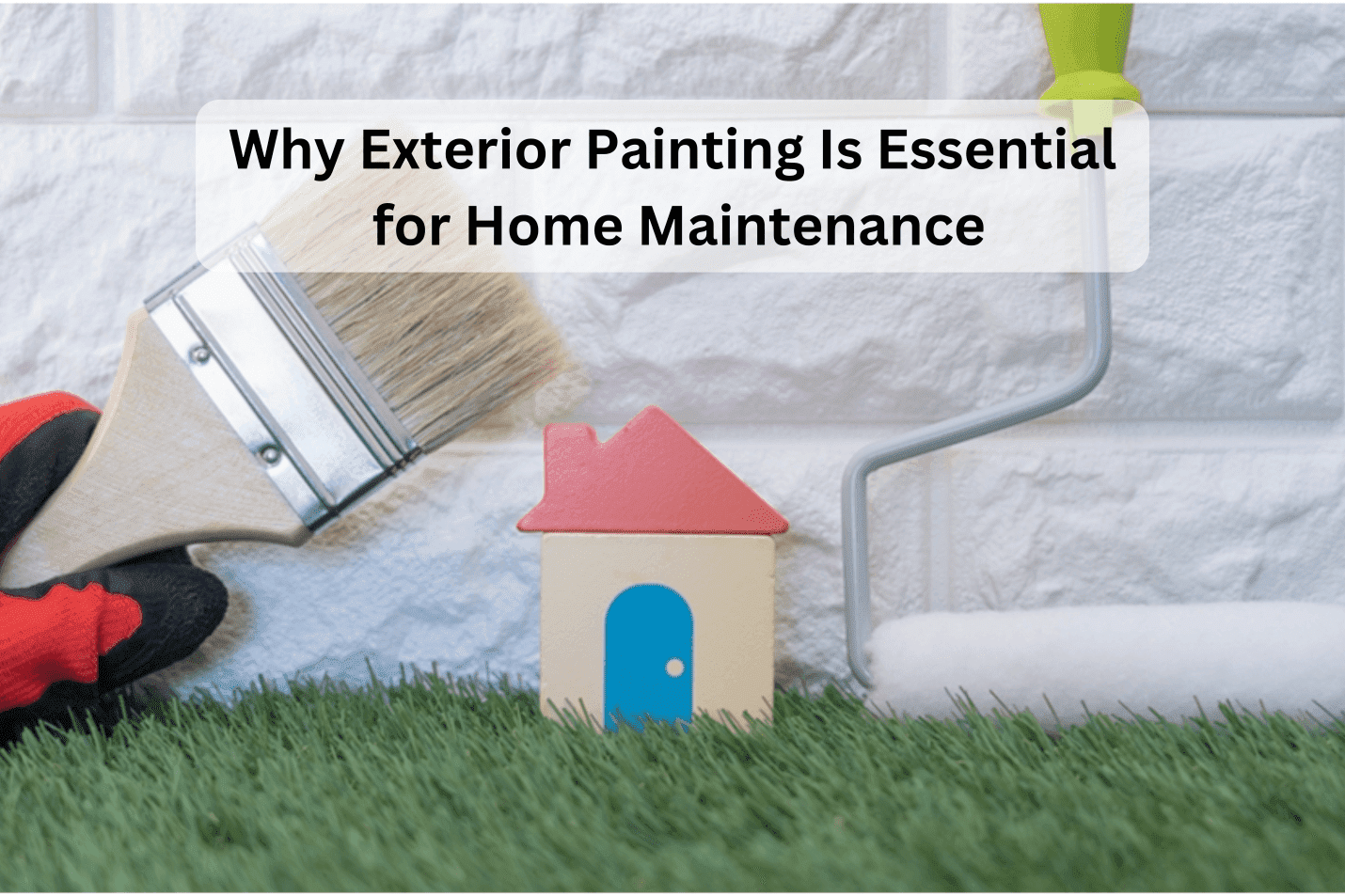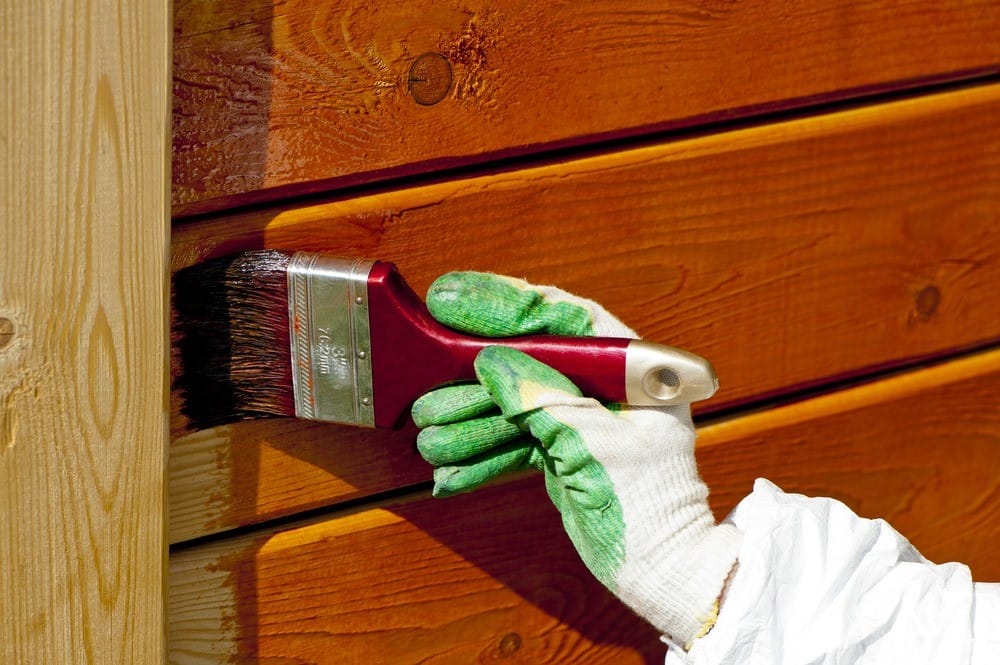Table of Contents
- Introduction
- The Importance of Exterior Painting for Home Maintenance
- How Exterior Painting Protects Your Home
- Choosing the Right Exterior Paint
- When to Repaint Your Home’s Exterior
- The Process of Exterior Painting
- The Long-Term Benefits of Regular Exterior Painting
- Conclusion
- Frequently Asked Questions (FAQs)
Introduction
When it comes to maintaining your home, exterior painting is often overlooked. However, it plays a crucial role in ensuring your investment. Fair as interior painting enhances the aesthetic and value of your indoor space, outside painting serves as your home’s first line of defense against various elements. In this blog, we will explore the significance of exterior painting, how it secures your domestic, and why it should be a customary portion of your home maintenance plan.
The Importance of Exterior Painting for Home Maintenance
Exterior painting is not merely about aesthetics; it is an imperative component of domestic maintenance. A well-painted outside protects your home from harsh weather conditions, improves control appeal, and can altogether increase your property’s value. Whether you’re considering a new coat of paint for your private property or looking into commercial exterior painting for a business, understanding the importance of exterior painting is essential.
How Exterior Painting Protects Your Home
Guarding Against Mold and Mildew
Moisture can lead to the development of mold and mildew, which can damage both your outside walls and your health. Regular pressure washing, combined with a fresh coat of paint, can help eliminate existing mold and prevent future development. Choosing the right outside paint with mold-resistant properties is fundamental for maintaining a healthy living environment.
Preventing Damage from Weather Elements
One of the essential capacities of exterior painting is to shield your domestic from weather-related damage. The best Exterior paint for hot climates is particularly designed to withstand extraordinary temperatures and mugginess, anticipating blurring and peeling. This defensive layer acts as a boundary against rain, snow, and UV rays, which can deteriorate the structure of your home over time.
Enhancing Curb Appeal and Property Value
A fresh coat of paint can dramatically enhance the curb appeal of your home. It’s one of the most cost-effective ways to improve your property’s appearance and value. Potential buyers are often drawn to homes that are well-maintained and welcoming. Interior painting can also play a part, but a staggering outside makes the first impression that regularly seals the deal.
Choosing the Right Exterior Paint
Factors to Consider: Climate, Material, and Color
When selecting outside paint, consider the climate, the material of your domestic, and the color you need to utilize. For occasion, if you live in a hot climate, it’s pivotal to select paint planned to withstand tall temperatures without blurring. Also, the material of your home—be it wood, stucco, or vinyl—will impact your paint choice.
Types of Exterior Paint: Pros and Cons
There are various types of exterior paint, each with its master and cons. Acrylic paints are prevalent for their solidness and color maintenance, whereas elastomeric paints are extraordinary for regions that require adaptability due to temperature changes. Understanding the distinctive sorts can help you make an educated choice tailored to your home’s needs.
When to Repaint Your Home’s Exterior
Signs That It’s Time for a Fresh Coat
Knowing when to repaint your home’s exterior is pivotal for maintaining its defensive layer and guaranteeing that your domestic proceeds to see its best. Customary support not only upgrades curb offers but also ensures your investment in your property. Here are some key indicators that it may be time for a fresh coat of paint:
- Peeling or Cracking Paint: One of the most obvious signs that your home needs repainting is when the paint begins to peel or break. This deterioration can expose the underlying materials to moisture, which may lead to wood rot or other types of damage.
- Fading Colors: Over time, presentation to daylight can cause paint colors to fade, making your domestic see gloomy and less welcoming. If you notice significant fading, it’s a good indication that the defensive qualities of the paint have reduced, and a fresh coat is needed.
- Mold or Mildew Growth: If you observe mold or buildup on your home’s outside, it’s pivotal to address the issue expeditiously. Not only can these developments be hurtful to your well-being, but they can moreover cause the paint to deteriorate quickly. A careful pressure washing taken after an unused coat of paint can help eliminate these issues and reestablish the appearance of your home.
- Blistering or Bubbling: Rankles or bubbles in the paint are signs of trapped moisture, which can lead to more critical issues if left unchecked. This can happen due to destitute application or excessive humidity. If you see this, it’s time to take action.
- Chalking: If you notice a chalky buildup on the surface of your paint, this is a sign of paint breakdown. Chalking can happen as the paint ages and can affect the adhesion of new paint. It’s advisable to repaint when this starts to happen.
Recommended Painting Frequency Based on Surface Type
The recurrence of repainting shifts depending on the surface type and local climate. Generally, wood siding may need repainting every 3 to 7 years, while vinyl siding can last up to 10 years. In hotter climates, the need for repainting may increase due to sun exposure.
The Process of Exterior Painting
Surface Preparation
Before painting, thorough surface preparation is essential. This may involve pressure washing to remove dirt, mildew, and old paint. Proper preparation ensures that the new paint adheres well and lasts longer.
Application Techniques
Using the right application techniques can also make a difference. Whether you choose to spray, roll, or brush, ensure that you follow the manufacturer’s guidelines for the best results.
Safety Precautions
When engaging in exterior painting, safety should always come first. Use protective gear such as gloves, goggles, and masks to protect yourself from harmful fumes and debris.
The Long-Term Benefits of Regular Exterior Painting
Cost Savings Through Preventive Maintenance
Investing in regular exterior painting can lead to significant cost savings in the long run. By preventing damage from moisture and UV rays, you can avoid costly repairs down the line.
Maintaining a Healthy Home Environment
Regular exterior painting contributes to a healthier home environment by preventing mold growth and ensuring a safe living space. This is particularly important for families with allergies or respiratory issues.
Conclusion
In conclusion, exterior painting is essential for protecting your investment and maintaining your home’s integrity. By choosing the right paint, understanding when to repaint, and following proper techniques, you can ensure that your home remains beautiful and protected for years to come.
Frequently Asked Questions (FAQs)
- How often should I paint the exterior of my home?
Generally, exterior paint should be reapplied every 5 to 10 years, depending on the material and climate.
- Can I paint my home’s exterior myself, or should I hire a professional?
While DIY painting is an option, hiring a professional can ensure a higher quality finish and save you time.
- What are the best types of paint for different exterior materials?
Acrylic paints are great for most surfaces, while elastomeric paints are ideal for stucco and masonry. Always consider the specific needs of your home’s exterior.









